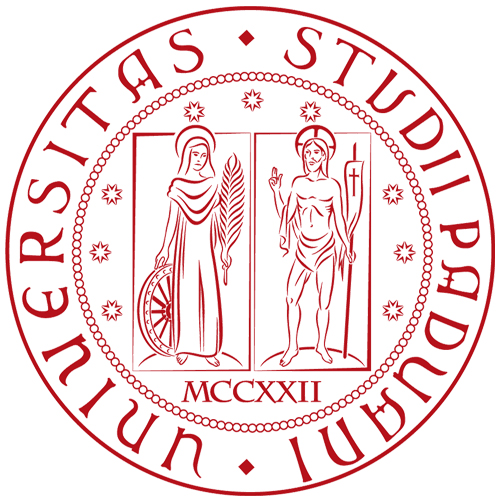We provide here only the Greek text, constituted from CPI I 23. For the Egyptian text, see Tod 1942 (transliteration and translation also in CPI I, p. 75)
Other editions: Néroutsos 1888, p. 22; Strack 1897, p. 239, no. 66; I.Alex.Ptol. 18.
See also: Gauthier 1916, p. 271 no. 33 and Rowe 1948, p. 12-13 (Greek and Egyptian texts); Fraser 1972, I, p. 260, and II, p. 410, n. 557; Fassa 2015, p. 139-140 (link with Sarapis);
Thompson 2020, 97, 99, 109-110 (on the material aspects of the plate); Savvopoulos 2020, 87-88. See Dechevez 2021 for an analysis of the phonetic influence of the Egyptian language on the Greek text.
Images: Savvopoulos 2018, p. 117, fig. 4.
Further bibliography: on the location of the temple, Grimm 1998, p. 26-27; McKenzie 2007, 64. On Ptolemaic foundation plaques, see Thompson 2020.
On the associations between Ptolemaic rulers and Sarapis/Isis, see Bricault 1999, 2013, 2020; Pfeiffer 2008; Landvatter 2012; Fassa 2015; see also commentary to PHRC 001 and 005.
.
Online record: PHI; TM 6691





